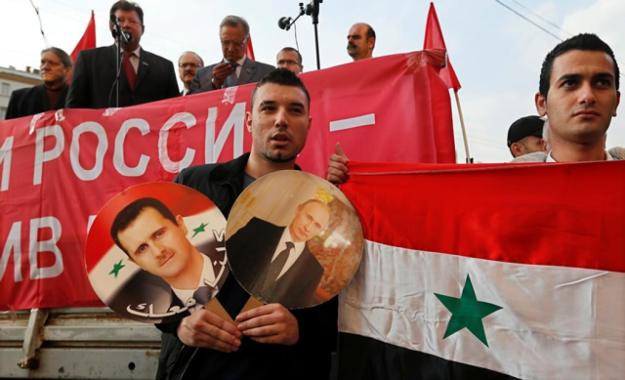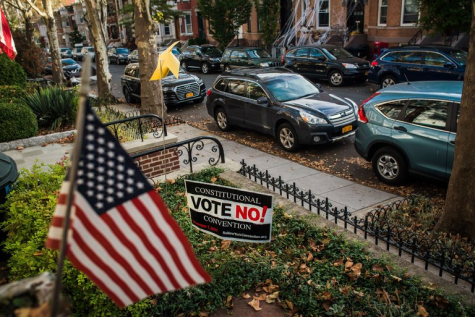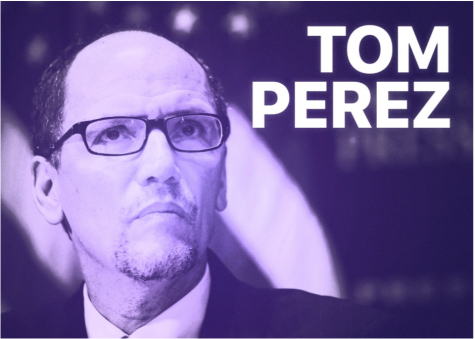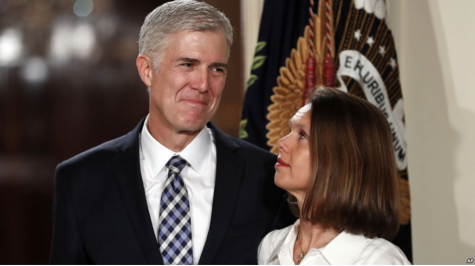U.S.-Russia Tensions Rise in Syria
When the people of Syria joined the swelling tide of Middle Easterners calling for an end to tyrannical governments in 2011, the West was quite hopeful for a better future for the region. Until that point, Syria’s president Bashar al-Assad had ruled Syria with an iron fist. Political dissidents were imprisoned and tortured, Internet activity was extensively monitored and censored, and Assad worked to incorporate the military and secret police so far into his regime that he would be inseparable from power.
The Arab Spring’s effects in Syria began with some peaceful, and violent, protests to unjust arrests by police. The government responded with brutal crackdowns that killed hundreds of civilians. After a few months, the situation had escalated to a full-blown civil war between Assad’s military and various militant groups that had grown out of the fighting, such as the Free Syrian Army and the Islamic Front.
It was after this conflict broke out that the U.S. and other nations such as England and France came out in support of the Syrian rebels, while Russia emerged as the main supporter of Assad’s regime. Since that time, both nations have supported their respective sides with military training and the supply of munitions. But because neither side sent troops in directly to help, the Syrian civil war remained a proxy.
Matters were complicated in 2014 when ISIL invaded Syria and claimed huge swathes of Syrian land. With the urging of the U.S., Turkey began an airstrike campaign against ISIL forces in Syria; however, they mainly targeted Kurdish militants who they regarded as terrorists. Then, the U.S. and Middle Eastern allies such as Saudi Arabia, Qatar and Jordan participated in Syrian airstrikes of their own in response to Turkey’s inability to stop ISIL.
Russia also began launching airstrikes in Syria. However, many of these airstrikes were against Syrian rebels rather than the ISIL militants they claimed to be targeting. Russia’s saber-rattling raised tensions as to the possibility of U.S. and Russian fighter jets coming into conflict with one another. This prompted the beginning of “deconfliction” talks between the U.S. and Russia to avoid such a catastrophe from occurring. The deconfliction negotiations are ongoing, but more recent events have continued to shake up U.S-Russia relations in Syria.
On October 5, Russia announced that its “volunteer” ground forces would join the fight against ISIL. This has concerned many Western coalition members, as this was the same tactic used by Russia to invade Ukraine and take over the Crimea with impunity. Officials are concerned that Russia can use this similar justification to continue their covert war against the Syrian rebels as a ground offensive. U.S. officials estimate that there are already 600 Russian military personnel on the ground in Syria (not counting air crews). Tents for nearly 2,000 people were also seen at Russia’s airbase near Latakia in Northwest Syria near the Turkish border. U.S. officials worry that having Russian “volunteers” on the ground will complicate airstrikes and increase the chances of an unintentional clash between Russian and U.S. forces.
Just recently, Russian forces have positioned surface-to-air missiles in the heart of Assad’s territory. Currently, neither ISIL nor the Syrian rebels use fighter jets for any of their operations, so the only targets that the Russians would have would be U.S. aircraft, Syrian government aircraft and the aircraft of the other countries in the U.S. coalition. This has naturally raised some eyebrows as to Russia’s intent for putting the missiles there, as they certainly don’t intend to shoot down Syrian government aircraft. However, it seems likely that they serve simply as a deterrent to other forces in the region. Turkey, for example, reported that its aircraft was locked onto Russian warplanes while flying nearby, but no missiles were fired.
Although these rising tensions are cause for alarm, it seems doubtful that they will cause the beginning of a World War 3, as people have speculated. What is certain is that the people of Syria will continue to suffer as their country is used as a battleground for international interests and rivalries.













Judy & George Marr • Oct 24, 2015 at 3:29 pm
Very well researched and written.